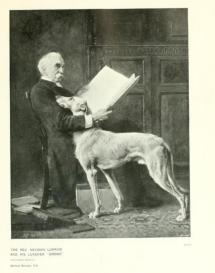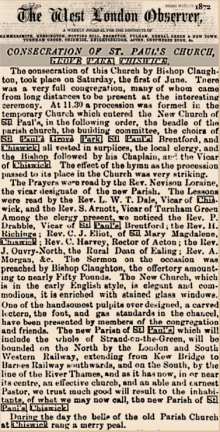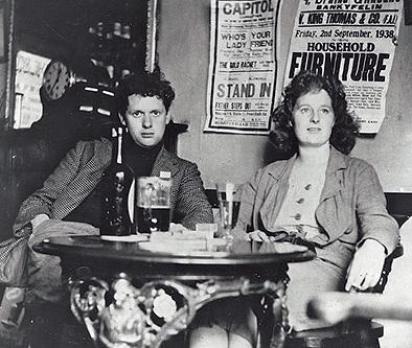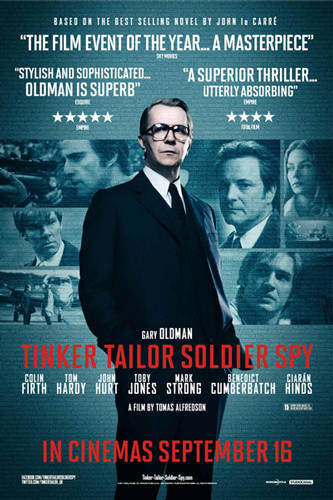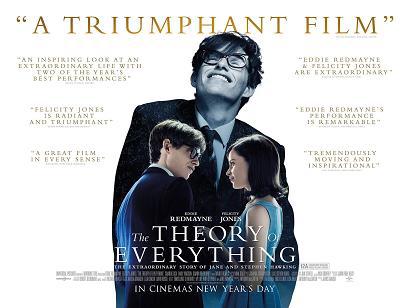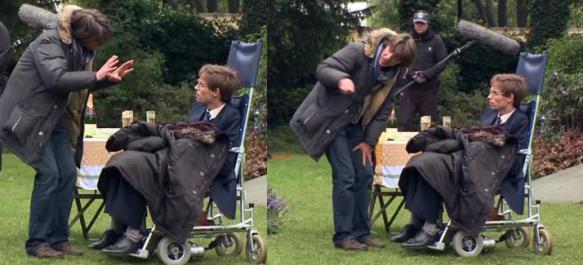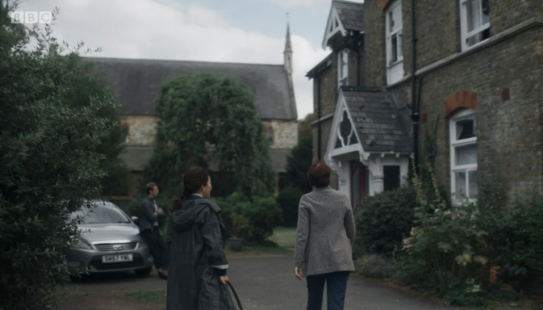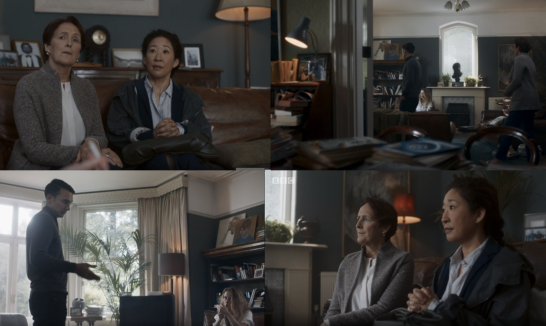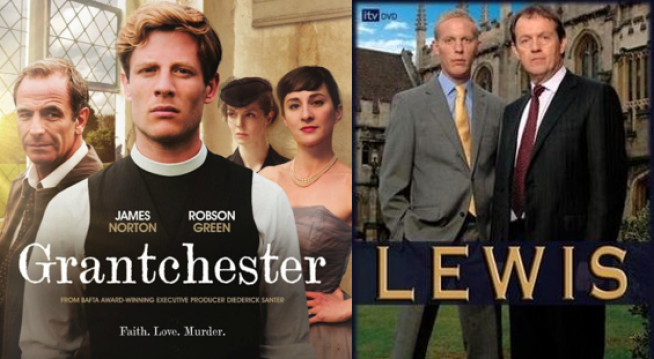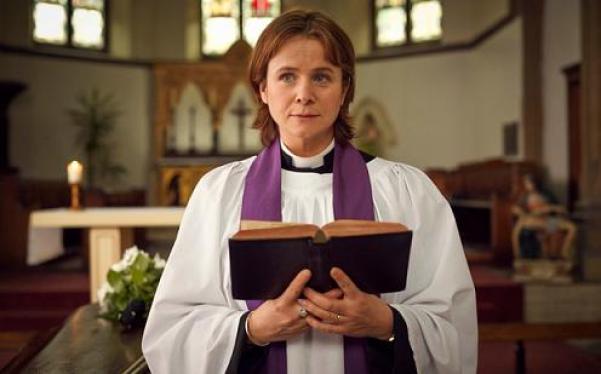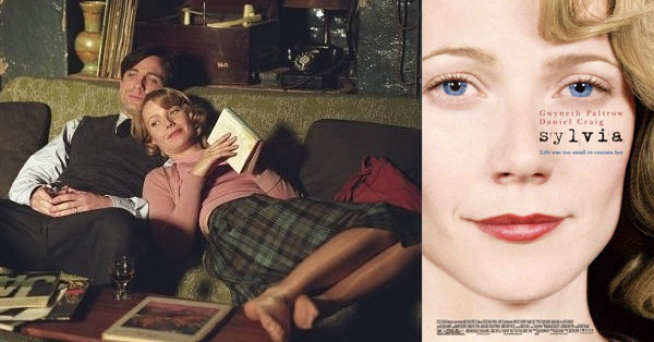OUR HISTORY
St Paul's was built thanks to the patronage of William Cavendish the 7th Duke of Devonshire. By the middle of the 19th century the Duke owned more than half
the land in Chiswick, centring around Chiswick House (which the family had inherited from the Earl of Burlington, by virtue of the 4th Duke’s marriage to Burlington’s daughter.) The Duke planned a
new residential estate on his grounds between the new railway line and the Thames, to be called the Grove Park Estate. He intended it as a high-class residential area for wealthy merchants. The new
Grove Park estate needed a church in order to become its own parish, and so the Duke provided the land on which St Paul’s is built, and contributed largely to the cost of building it. It was also
funded by the Prince of Wales (later Edward VII), Baroness Rothschild and various affluent members of the neighbourhood. It was
designed by the English architect Henry Currey. The West London Observer reported in 1872 that: “The new parish of St Paul’s which includes the whole of Strand on
the Green, will be bounded on the North by the London and South Western Railway, extending from Kew Bridge to Barnes Railway southwards, and on the South by the line of the river Thames and as it has
now in or near its centre an effective church and an able and earnest Pastor, we trust much good will result to the inhabitants of what we may now call the new Parish of St Paul’s.”
The lovely photo above was taken by local photographer Ian Wylie, showing our church from the river, as royal rowbarge Gloriana leads the Tudor Pull (in 2013) from Hampton Court to the Tower of London.
A full 150-year history of St Paul's can be downloaded below. This information can also be seen in an exhibition in church.
The History of St Paul's Grove Park Chis[...]
Adobe Acrobat document [5.5 MB]
THE CONSECRATION
This report tells us that the Consecration by Bishop Claughton of St Paul's took place on Saturday 1 June, 1872.
“There was a very full congregation, many of whom came from long distances to be present at the interesting ceremony. At 11.30 a procession was formed in the temporary Church which entered the New Church of St. Paul’s, in the following order, the Beadle of the Parish Church, the building committee, the choirs of St. Paul’s Grove Park, St. Paul’s Brentford, and Chiswick, all vested in surplices, the local clergy and the Bishop followed by his Chaplain, and the Vicar of Chiswick. The effect of the hymn as the procession passed to its place in the Church was very striking. The New Church, which is in the early English style, is elegant and commodious, it is enriched with stained glass windows. One of the handsomest pulpits ever designed, carved lectern, the font, and gas standards in the chancel, have been presented by members of the congregation and friends. During the day the bells of the old Parish Church at Chiswick rang a merry peal.”
PEAK PILGRIMAGE
In 2019 to mark the connection between our church and its founder, the 7th Duke of Devonshire; a group of walkers from St Paul's visted the home of the current (12th) Duke of Devonshire, Chatsworth House in the Peak District. We presented a picture of our church as it looks today.
ST PAUL'S VICARAGE
What connects Dylan Thomas, Benedict Cumberbatch, Eddie Redmayne, Gwyneth Paltrow, John Hurt, Sandra Oh, Colin Firth, James Norton, Daniel Craig and Fiona Shaw? Our
vicarage! Currently occupied by our vicar Rev'd Caroline Halmshaw and her family, it has seen many famous faces pass through its doors.
DYLAN THOMAS
A letter below from Dylan Thomas to the poet and literary editor John Bayliss, confirms that he was living there; it is published in Dylan Thomas: Collected Letters. However, the Brentford & Chiswick Local History Society think that the sugested date of 1944 is probably wrong, and it was more likely to have been written sometime between 1938 and 1941. Thomas's works include the poem Do Not Go Gentle into that Good Night, and the play Under Milkwood. He lived at St Paul’s Vicarage with his wife Caitlin Macnamara (whom he had married in 1937). The ground floor of the vicarage was converted into a bed-sit at that time.
LOCATION LOCATION LOCATION
Since the 1990s, the vicarage, garden and church have frequently been used for location shoots by many TV and film companies.
The vicarage was used for the 2011 Cold War espionage film, Tinker, Tailor Soldier Spy, based on the 1974 John Le Carre novel of the same name starring Gary Oldman, Colin Firth, John Hurt and Benedict Cumberbatch.
And in 2014, both the vicarage and church garden were used extensively in the Stephen Hawking biopic The Theory of Everything, starring Eddie Redmayne and Felicity Jones.
Below are some location shots, showing the film's director James Marsh instructing the actors in the garden.
The hit BBC drama Killing Eve was also filmed in the vicarage. It became the house of the enigmatic Aaron Peel, seen here when Eve Polastri (Sandra Oh) and Carolyn Martens (Fiona Shaw) visit him.
TV companies seem to favour the vicarage as a location for detective stories! Lewis, the spin off from the Inspector Morse series starting Kevin Whateley and Laurence Fox; Grantchester, the ITV detective drama starring James Norton and Robson Green and Endeavour, the hugely popular prequel to the Inspector Morse stories have all been filmed here.
The 2002 Channel 4 series White Teeth, based on the novel by Zadie Smith and starring Om Puri, Naomie Jones, Robert Bathhurst and James McAvoy, was also filmed in the vicarage.
In July 2015, the BBC screened their moving drama about the 7/7 bombings, A Song for Jenny starring Emily Watson, which used both the vicarage and church.
Other films filmed at St Paul's include Sylvia (2003), about the life of Sylvia Plath, starring Gwyneth Paltrow and Daniel Craig, and True Blue (1996) about the Oxford/Cambridge Boat Race.



